Food icons of the region - part 3: Famous culinary figures
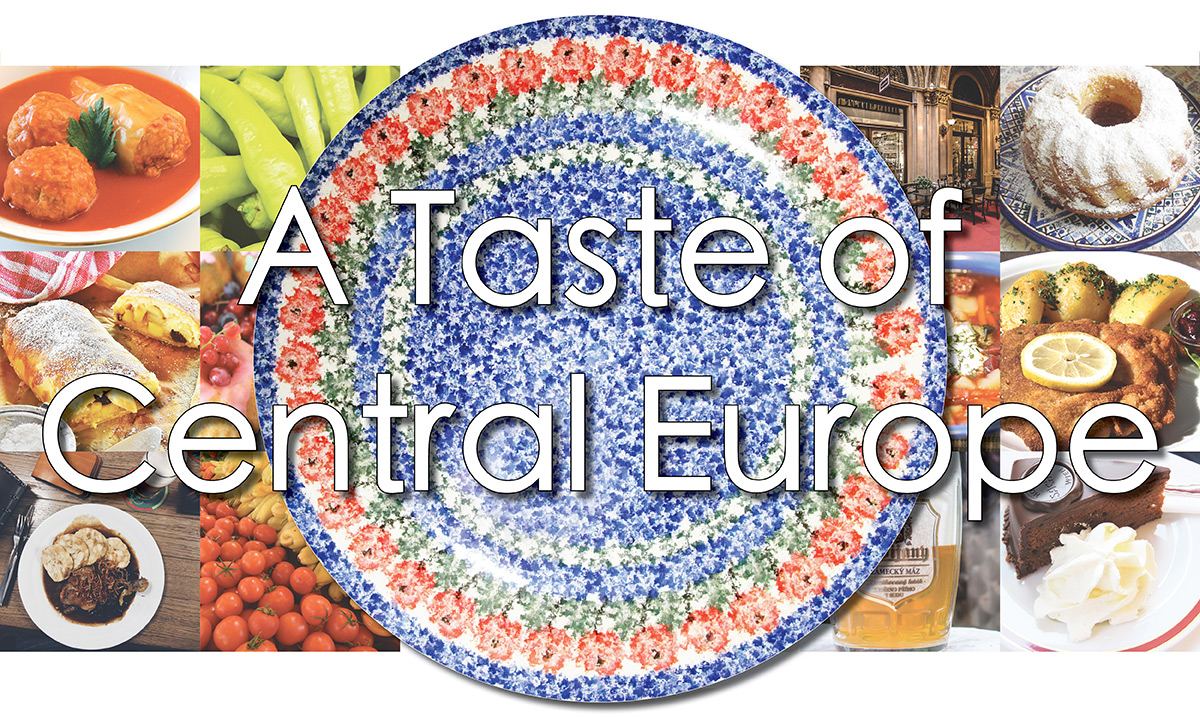
'For me, cooking is an expression of the land where you are and the culture of that place.'
- Wolfgang Puck
Where does a really fabulous meal start? No matter where you are in the world and what cuisine you fancy, a really great meal is always in the hands of the chef who crafts it from scratch. Carefully selected ingredients, just the right balance of spice and their own unique magic touch separate excellent chefs from simply good cooks. It is not an easy profession! As in art, so in the kitchen, “a great chef is a mixture of artistry and craft” – these words were once spoken by one of Austria’s best known culinary figures, Wolfgang Puck. The craft is demanding indeed. While an artistic vision may come more naturally to some, the skills required to become a top chef are something far more laborious to acquire. In this regard, food preparation becomes an equal part art and science and the most celebrated chefs in the world know that one can never compromise on either. Indeed, excellent chefs become iconic chefs only once they master this elusive unity.
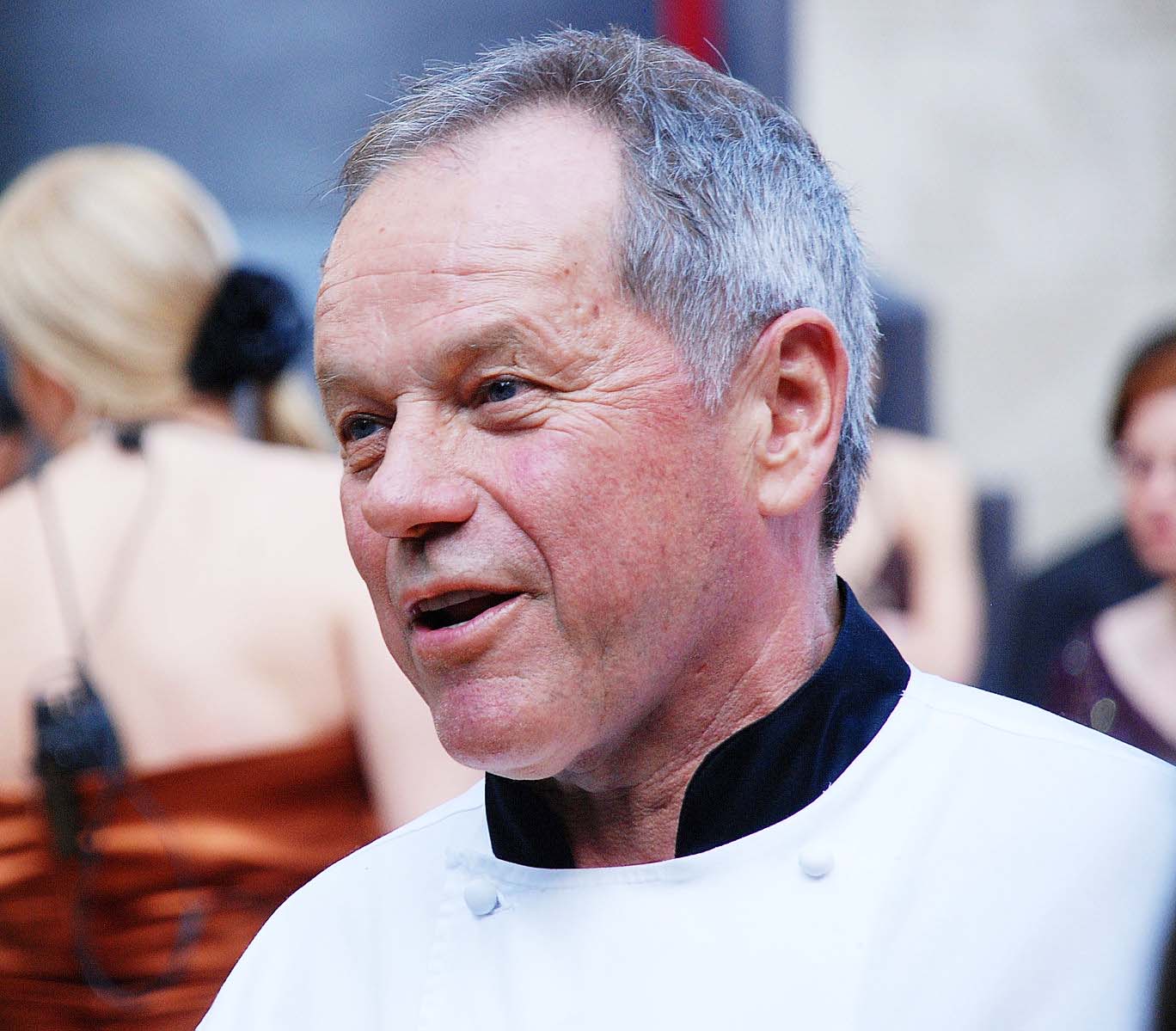
In the last couple of weeks, we have introduced you to the schnitzel and the pierogi, though one might argue that these iconic foods hardly needed introductions at all. They are, after all, among the most popular dishes served in Central Europe. Yet, they hardly define the region’s cuisine. Many of Central Europe’s most talented chefs rarely reach for them at all. Czechia’s most celebrated chefs, Radek Kašpárek, Zdeněk Pohlreich, Roman Paulus or Oldrich Sahajdàk prefer to dig deep into the past of Czech culinary traditions and recipes for inspiration – Sahajdàk, for example, often adapting and tweaking recipes from an 1849 Czech cookbook. At the core of their craft is a commitment to learn from, and be inspired by, the best in the profession. As Roman Paulus said in an interview in 2012 “From early childhood I knew that I wanted to become a chef. As a small boy I read the newspaper column of a famous Czech chef, Mr. Jaromír Trejbal. He had worked many years at the Ritz in Paris before returning to Prague. Finally, I wrote him a letter asking to meet him and he agreed. He was around 80 and I was 12. His engaging stories inspired me; that was exactly the moment when I decided to become a chef. I have never regretted that decision. First came the childhood inspiration but with each passing year I have come to love the dynamicity of my profession more and more.”

Such stories are all too common among Central European chefs. Dig deep into your passion’s DNA for inspiration and motivation! Antoni Porowski, of Queer Eye fame, so lovingly recounts his childhood and growing up Polish in his latest cookbook Antoni in the Kitchen: “…my sister Aleks signed up for a subscription to Martha Stewart Living. Aleks would re-create dishes from the magazine, and she was drawn to the visual aspects of both the food and the tabletop décor. I was curious about how the recipes worked. Aleks and I didn’t get along very well during those years, but the magazine showed us that we shared a common passion, and it sparked my interest in entertaining”.
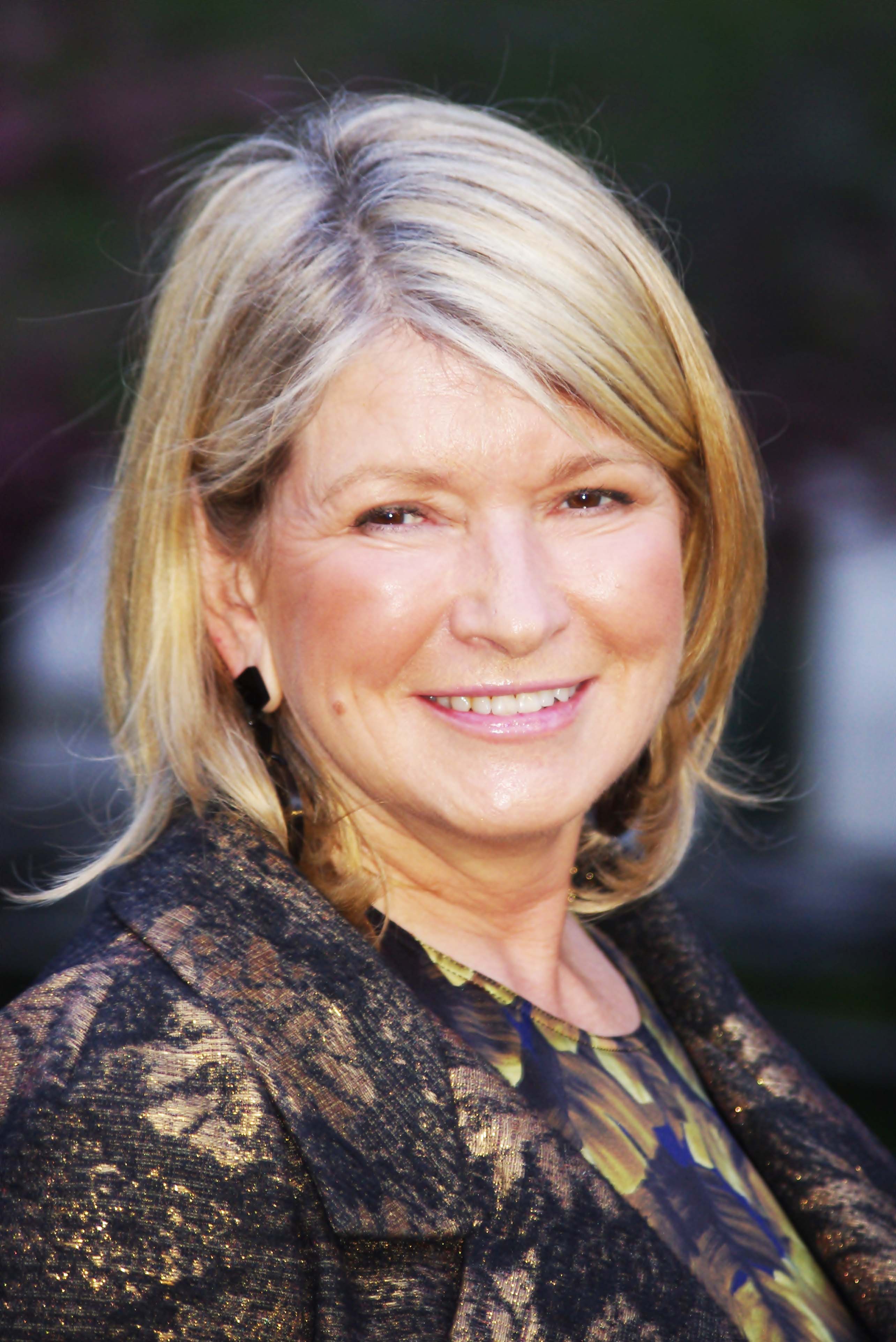
Martha Stewart, no doubt, has earned her place among the most iconic and influential chefs of all time. Growing up with four Polish grandparents ensured that she had both an interest in, and a deep appreciation of food. Every Polish person knows that the heart of a home truly is its kitchen. From as early as she could remember Stewart was interested in a wholistic approach to cooking. For her, the perfect meal is an inseparable blend of the food and the presentation, and cooking is virtually synonymous with hosting. It is no wonder she so often returns to her many family recipes passed on to her by her mother, Martha Ruszkowski Kostyra. Big Martha, as she was affectionately called, along with her husband Edward, raised six children in a modest home in Nutley, N.J. where from an early age Martha learned not only about the importance of work ethic, but also how essential good food, beautiful surroundings and family cooking were to one’s well-being. Turning a small catering business into a global food and entertainment empire all started in the Kostyras’ family kitchen, as Martha would later say: “Once you realize that you have identified a passion, invest in yourself. Figure out what you need to know, what kind of experience and expertise you need to develop to do the things that you feel in your heart you will enjoy and that will sustain you both mentally and economically." The second-oldest of the children, Martha credited her mother as the source of many of her recipes and her culinary expertise. Her 1983 book Martha Stewart’s Quick Cook was dedicated “to my mother, Martha Kostyra, and her mother, my early teachers”.
It is a story familiar to everyone and the essence of all of the world’s finest culinary adventures. Somewhere, someone was given the gift of a family recipe, a favourite cookbook or nurturing mentorship in a home kitchen – and the result was epicuriously magical. From a Central European perspective, no other culinary icon embodies this perfect constellation of family, food and fate better than Louis Szathmary. His life-tale is the stuff of legends and his legacy in the world of gastronomy is envied by chefs everywhere.
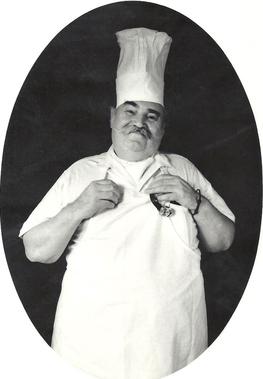
Born Lajos István Szathmáry II on June 2, 1919, on a train heading from Transylvania to Budapest as his parents fled the post World War I Hungarian–Romanian War, Chef Louis, as he was later known, is perhaps the most influential Central European chef to have ever lived. Educated in Budapest, Hungary, first earning an MA in Literature and Journalism, followed by a doctorate in Psychology, Chef Szathmary came to the world of cooking a bit by chance. Drafted into the Hungarian Army he was tasked with developing manuals for field kitchens during the Second World War. Faced with the awareness of how poorly soldiers were fed on the frontlines he developed an interest in the preparation of quick and nutritious meals which could be served anywhere with limited resources. After completing culinary studies in Budapest he emigrated to the United Stated in 1951 with 14 books and a $1.10 in his pocket. A lifelong bibliophile, Szathmary’s passion for books was at least as big as his passion for cooking. After working on developing the very first frozen food dinners in the US, as well as mobile culinary kitchens which could be parachuted into battlefields, Chef Louis turned his attention to the finer areas of gastronomy, opening his famed Chicago restaurant - The Bakery.
Had he stopped at this point he would have already accomplished more than many other chefs of his time, but his love of food and his ambition seemingly had no limits. His culinary creations were quite literally out of this world, because they were even consumed by NASA astronauts in space. His frozen dinners were some of the most popular ready to eat meals, with some Stouffer’s recipes surviving until to this day. Though frozen dinners may not seem like the kind of thing a top-chef might want to be involved in today, it is important to keep Szathmary’s personal war experience in mind when thinking about his contributions to this area of food science. A popular way of preserving both food and flavour, flash-frozen meals were not known to the world prior to the late 1950s. Working as the manager of new product development at Armour and Co. Szathmary was always a firm believer that a meal, no matter how simple or complex, should taste good and be nutritious. Using this motto as the foundation of all of his culinary endeavours, Szathmary wrote 7 cookbooks, including the famous American Gastronomy and The Chef's Secret Cook Book, and published a weekly syndicated column on cooking picked up by no fewer than 120 newspapers across the US. But it is his love of books and culinary history which firmly secured his legacy as one of the most important chefs of the 20th century.
What many may not know is that The Bakery restaurant he placed so firmly on Chicago’s culinary map for decades, was quite literally under the influence (and weight!) of a massive book collection housed on no fewer than 3 floors of space above the business. Yes, you read that right. Over 400,000 items stored in 31 rooms and 17 apartments! The collection contained some of the rarest and most important culinary publications in the history of gastronomy. Now that’s what we call taking the cooking business seriously! Indeed, Szathmary’s love of cooking elevated the profession of chef, quite literally, from something associated with a predominantly domestic occupation, to a serious and respected profession – nay, an art-form! In fact, after joining the American Culinary Federation (ACF), Szathmary singlehandedly led the charge to reclassify the status of chef from domestic service status to the professional category in the U.S. Department of Labor's Dictionary of Official Titles in 1976. As he would later say, no banks in the 50s were in the business of giving loans to domestics. Given that the first ever written cookbook was published in 1499, how is that for an accomplishment?!
Profiled in a chapter of Nicholas A Basbanes’s A Gentle Madness, the bibliophile Szathmary was not only a legend, but a Central European culinary icon like no other. Featured on the cover of Epicure in 1983, Chef Louis was a giant among his contemporaries. Inducted into the Culinary Hall of Fame, he seemed less interested in the celebrity part of his chosen occupation, instead devoting himself fully to the hard work of elevating the profile of culinary arts as a profession nationally and internationally. In a world with no internet and social media, he managed to create an international fan-base of followers many Instagrammers of today would envy, and establish personal, meaningful relationships with countless aspiring chefs all over the world - at one point hiring three secretaries to help answer the hundreds of personal letters he would receive weekly from fans and industry professionals alike.
For some, Louis Szathmary will forever be known for his single portion Beef Wellington recipe served at The Bakery, for others for assisting them in their culinary research and inspiring them to reach ever higher in the pursuit of their culinary passions. Today, Chef Louis’s legacy lives on in the more than 35 thousand culinary books and over 400, 000 culinary arts collections donated to universities and culinary institutions all over the United States. A generous man deeply proud of his heritage, like Jaromír Trejbal, Martha Stewart, Franciszek Trześniewski, and other culinary icons from Central Europe, Lajos István Szathmáry was above all a lover of food and good company. And this, our friends, is what truly defines the culinary universe of Central Europe! Food is the unifying language of the region, passed down through generations, it sustains our bodies and nourishes our souls. It is the story we collect and carry into the world, as Szathmáry did, weaved out of our first childhood kitchen memories, through our grandmothers’ hands and into the dishes we all celebrate as our very own family treasures. Some of our culinary icons are too intimate and personal to share with the world – most of our finest cooking adventures will never be recorded in the history of gastronomy. Yet, they are all an integral part of the culture and the land we come from and we love nothing more than to share them with everyone around us.
Remember, dear reader, a meal should always taste good and be nutritious - and it should always be consumed in exquisite company!
Compliments to the chef!
Companion Recipes & Resources
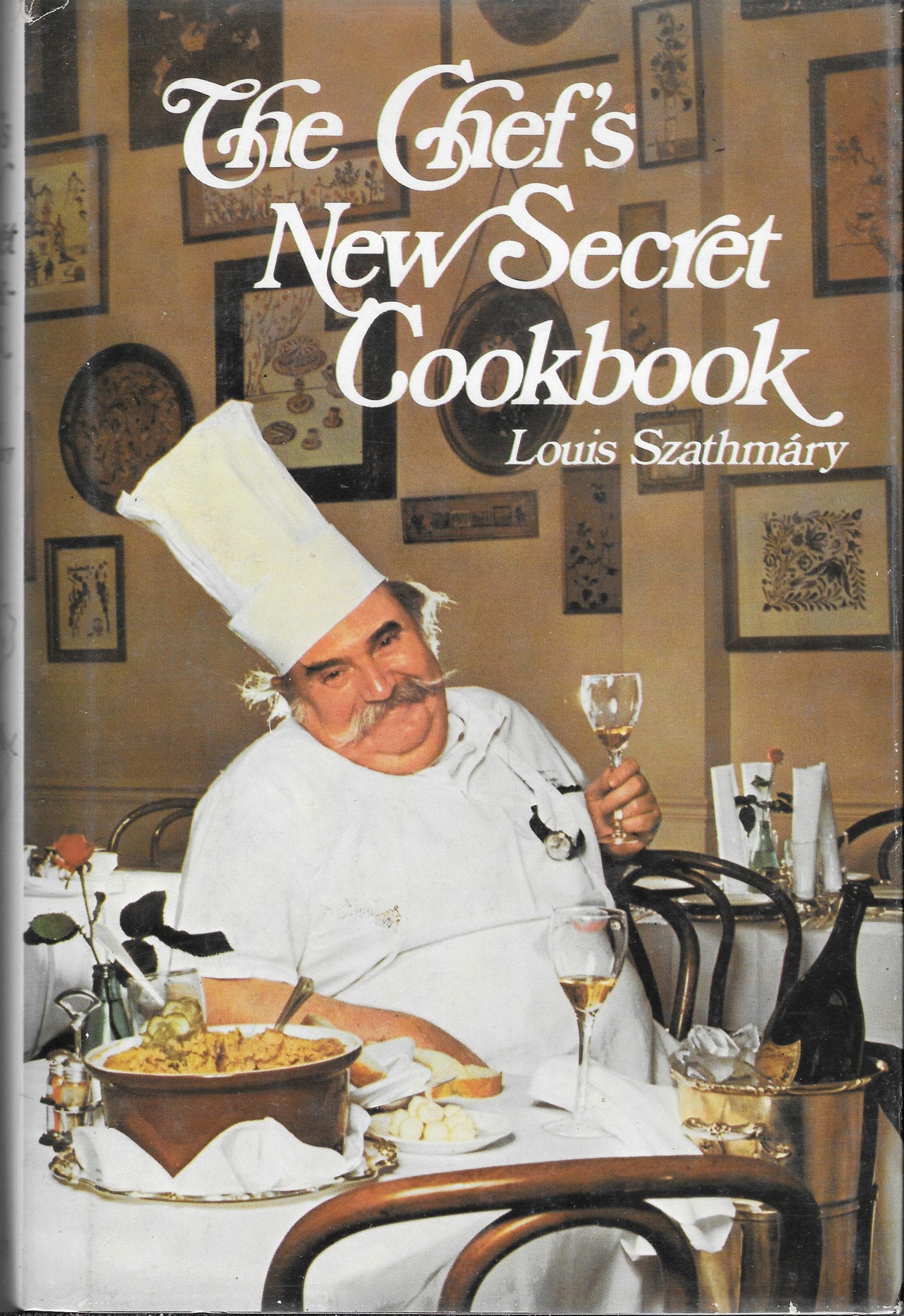
https://www.foodnetwork.com/shows/wolfgang-puck/episodes/wolfgang-pucks-austria-a-journey-home
https://www.marthastewart.com/318232/meatloaf-101-with-mrs-kostyra
https://www.marthastewart.com/275291/family-recipes-from-big-martha
https://ignitestudentlife.com/5-mouthwatering-recipes-from-antoni-porowskis-new-cookbook/
https://en.petitchef.com/recipes/main-dish/beef-wellington-with-cumberland-sauce-fid-1508757
http://closetfoodie.ca/beef-goulash-soup-with-tiny-dumplings/
https://thebeachhousekitchen.com/hungarian-beef-goulash/